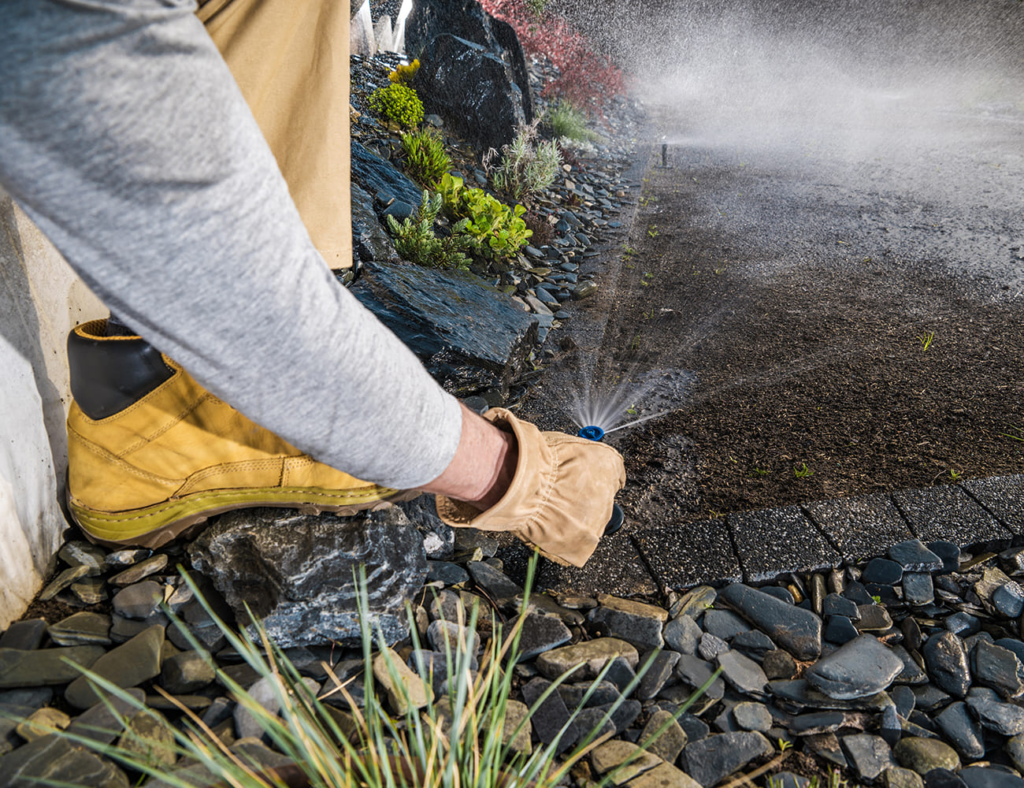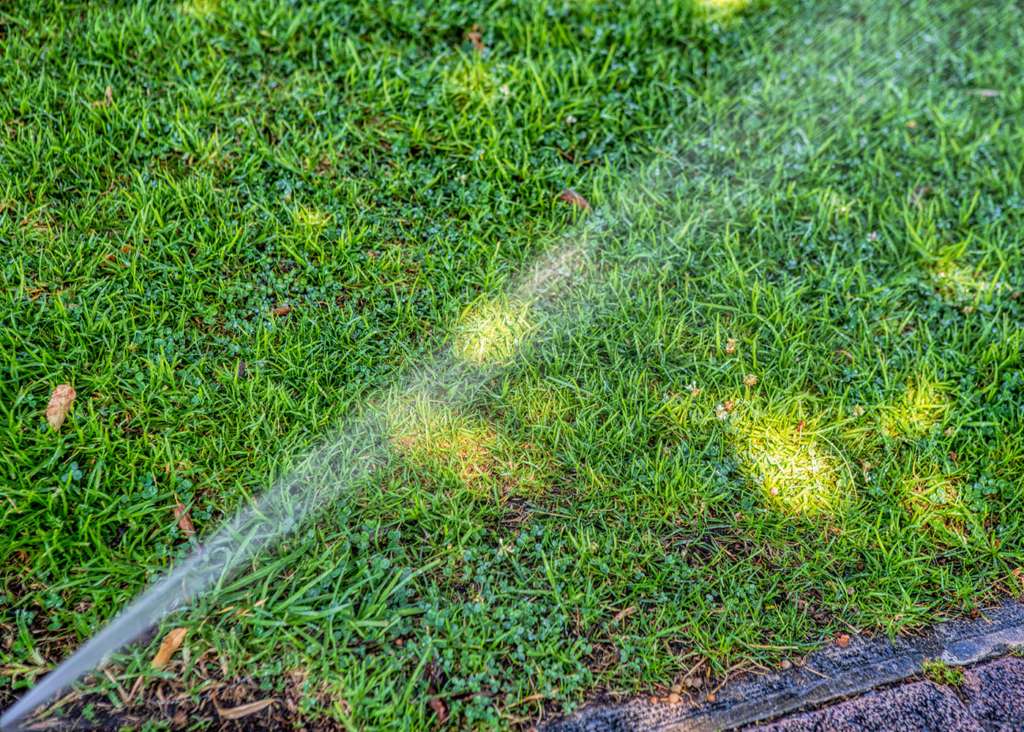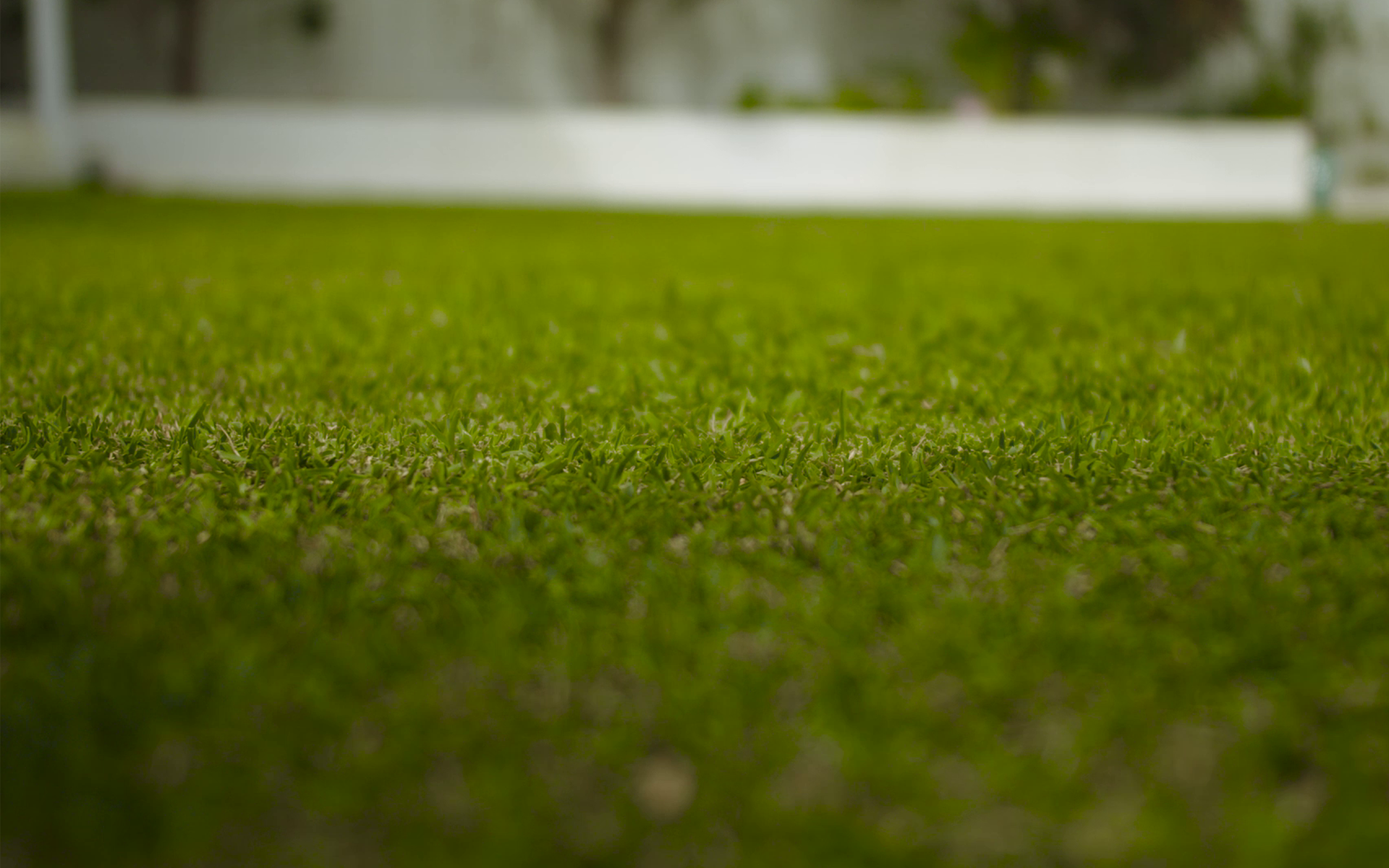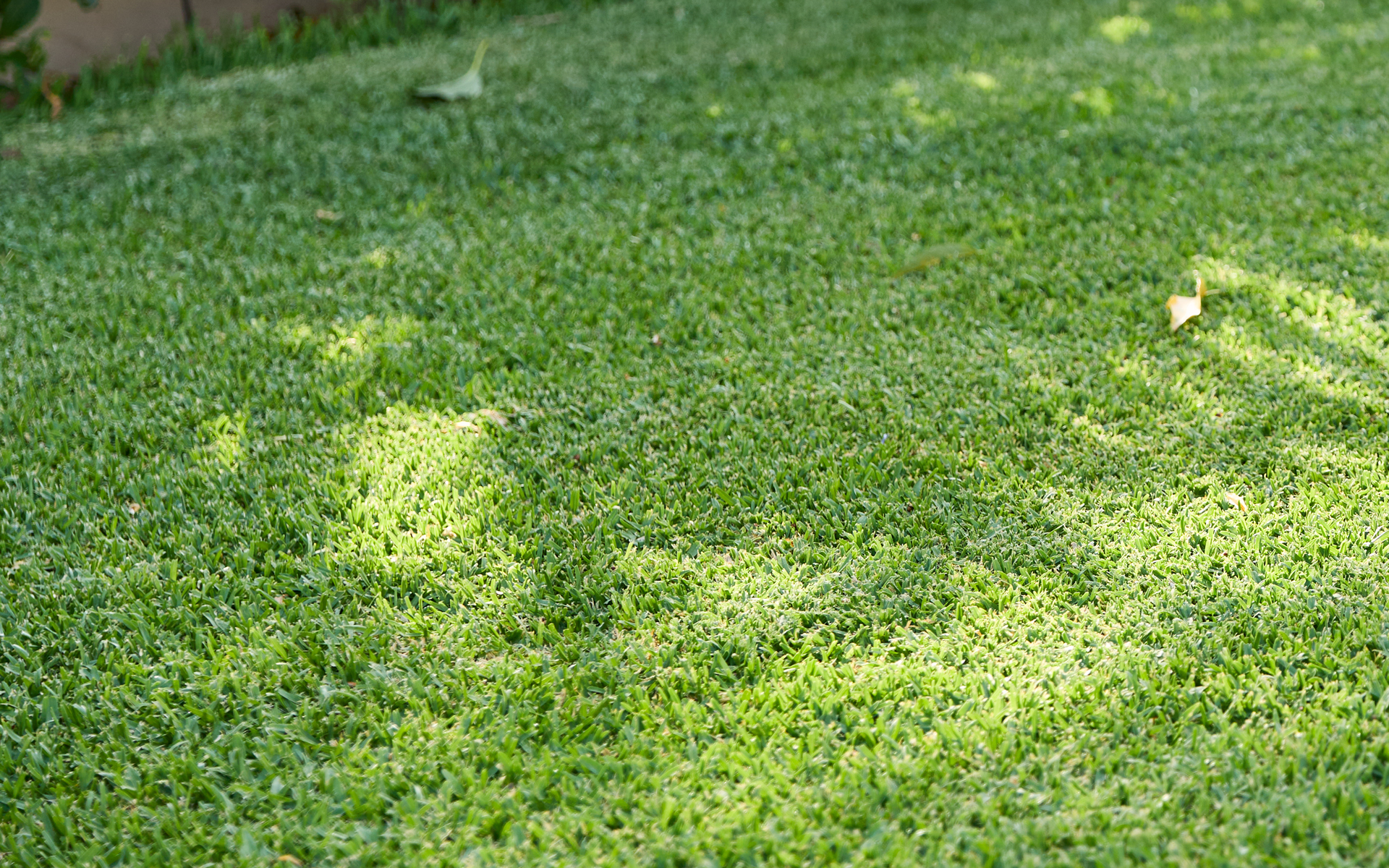Maintaining a lush, green lawn in Australia can be challenging, especially during periods of water restrictions. Choosing the right grass variety is crucial for ensuring your lawn remains healthy and vibrant, even when water is scarce. In this guide, we’ll explore various grass types that thrive under limited water conditions and provide practical tips for lawn care during water restrictions.
Understanding Drought-Tolerant Grasses
Drought-tolerant grasses are varieties that can withstand prolonged dry periods with minimal water. These grasses have adapted to Australia’s diverse climates and are ideal for regions prone to water restrictions. Selecting a drought-resistant grass not only conserves water but also reduces maintenance efforts.
Top Drought-Tolerant Grass Varieties in Australia
- Zoysia Grass
Zoysia is renowned for its exceptional drought tolerance and low water requirements. Its deep root system allows it to access moisture from deeper soil layers, enabling it to stay green longer during dry spells. Varieties like Empire Zoysia and Nara Native Zoysia are popular choices among Australian homeowners.
- Buffalo Grass
Buffalo grass is a hardy variety that performs well under limited water conditions. It has broad leaves and a dense growth habit, which helps retain soil moisture. Sir Walter Buffalo is a widely favoured cultivar known for its resilience and shade tolerance.
- Couch Grass
Couch grass, also known as Bermuda grass, is a warm-season grass that thrives in hot and dry climates. It has a fine texture and establishes quickly, providing a durable lawn surface. TifTuf Hybrid Bermuda is a modern variety celebrated for its superior drought resistance.
- Kikuyu Grass
Kikuyu is a vigorous grower that can endure drought conditions once established. Its rapid growth rate allows it to recover quickly from wear and tear, making it suitable for high-traffic areas. However, its aggressive nature requires regular maintenance to prevent it from invading garden beds.

Lawn Care Tips During Water Restrictions
Even with drought-tolerant grasses, proper lawn care practices are essential to maintain a healthy lawn during water restrictions. Here are some strategies to help your lawn thrive:
- Mowing Practices
Keep your lawn at a longer height during dry periods. Longer grass blades provide shade to the soil, reducing evaporation and promoting deeper root growth. Avoid mowing during the heat of the day to minimise stress on the grass.
- Watering Techniques
Water your lawn early in the morning or late in the evening to reduce evaporation. Deep, infrequent watering encourages roots to grow deeper, enhancing drought resilience. Utilise efficient irrigation methods, such as drip systems or soaker hoses, to deliver water directly to the root zone.
- Soil Management
Aerate your lawn to improve soil structure and enhance water infiltration. Incorporate organic matter, like compost, to increase the soil’s water-holding capacity. Mulching can also help retain soil moisture and regulate soil temperature.
- Fertilisation
Use slow-release fertilisers to provide a steady supply of nutrients without promoting excessive growth, which can increase water demand. Avoid fertilising during peak drought periods, as this can stress the grass.
- Weed Control
Weeds compete with your lawn for water and nutrients. Regularly inspect your lawn and remove weeds promptly to reduce competition and conserve moisture for your grass.
- Foot Traffic Management
Limit heavy foot traffic on your lawn during drought conditions, as it can compact the soil and damage the grass. Consider creating designated pathways or recreational areas to minimise wear on the lawn.

Long-Term Strategies for a Water-Efficient Lawn
Implementing long-term strategies can further enhance your lawn’s drought tolerance and reduce water usage:
- Rainwater Harvesting
Install rainwater tanks to collect and store rainwater during wetter months. This stored water can be used to irrigate your lawn during dry periods, reducing reliance on mains water.
- Smart Irrigation Systems
Invest in smart irrigation controllers that adjust watering schedules based on weather conditions and soil moisture levels. These systems optimise water usage and ensure your lawn receives adequate moisture without waste.
- Lawn Alternatives
In areas with severe water restrictions, consider alternative groundcovers or landscaping options that require less water, such as native plants, ornamental grasses, or synthetic turf.
Conclusion
Choosing the right grass variety and adopting water-wise lawn care practices are essential steps in maintaining a healthy lawn during water restrictions in Australia. By selecting drought-tolerant grasses like Zoysia, Buffalo, Couch, or Kikuyu and implementing proper maintenance strategies, you can enjoy a lush, green lawn even in challenging conditions.
Remember, a well-maintained lawn not only enhances the beauty of your home but also contributes to environmental sustainability by conserving water resources.










